How to Choose a Happy and Healthy Puppy
With so many breeds of dogs how do you know if the puppy you choose is healthy and happy?  It would be upsetting for you and your family to bring home a new puppy and find out that it is unwell. Even though some health concerns are not distinguishable early on, some tell tale signs shouldn’t be ignored. Here are a few characteristics you should consider when choosing a new puppy.
It would be upsetting for you and your family to bring home a new puppy and find out that it is unwell. Even though some health concerns are not distinguishable early on, some tell tale signs shouldn’t be ignored. Here are a few characteristics you should consider when choosing a new puppy.
Appearance:
- Pay particular attention to the puppy’s eyes, ears, mouth, and nose. There shouldn’t be any discharge, sores, redness, or odor from any of these areas.
- The puppy’s eyes should be bright, clear, and moist. His/her mouth and nose should smell clean, be absent of sores, and gums should be pink.
- His/her coat should be healthy, full, shiny, and clean. Note if there are any balding areas, or sores, lumps, and scabs on the skin.
- A healthy puppy should be lean and active. Puppies burn off a lot of calories and should not be overweight. A healthy puppy should be excited and full of energy.
Is the puppy house trained?
- Most puppies have urinary or bowel accidents dependent on their age and time spent in a kennel or shelter.
- Changes in routine or location also cause distress and may cause a puppy to have accidents.
- Speak with a Veterinarian if you have concerns on frequent accidents or difficulty with house training.
What are the puppy’s usual urinary and bowel patterns?

Ask questions in regards to the usual elimination pattern of the puppy. There should be no difficulty voiding, no diarrhea or constipation, or vomiting. You want to make sure your new puppy is not bringing home any viruses, parasites, or bacteria; especially if you have small children at home.
Temperament:
- Most puppies should be 8 – 10 weeks old before you adopt one, it should be weaned from the mother completely.
- The puppy shouldn’t snarl or snap at you when picked up, but be playful and interactive.
- Watch how the puppy behaves with other animals in the shelter. Is it playful, gentle, happy, and full of energy?
What about past examinations and vaccinations?
- Always ask for copies of past examinations and vaccinations that the puppy has had.
- Check with a humane society, SPCA, or animal rescue society as the animals they have for adoption are well looked after and are monitored by a Veterinarian.
- If you are buying from a breeder, check carefully into the facility, and how the animals are handled and raised. Ask about all prior vaccinations and infections.

Consult a Veterinarian when you have chosen your new pet and schedule an examination. Set up grooming appointments and have your dog regularly washed and groomed to monitor for any current concerns or health changes. Contact PetCity Canada to set up a monthly schedule to maintain your pet’s health and well being.
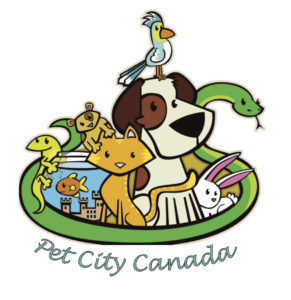
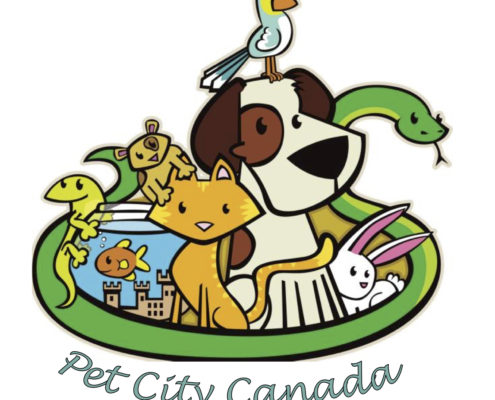


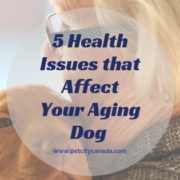


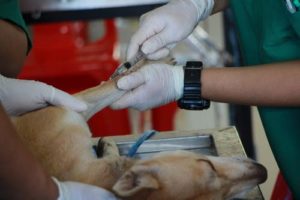 A groomer who regularly sees your pet will also notice subtle changes and alert you as they happen. Pet grooming is important for any dog; especially an aging one that needs closer monitoring for cleanliness and any health changes.
A groomer who regularly sees your pet will also notice subtle changes and alert you as they happen. Pet grooming is important for any dog; especially an aging one that needs closer monitoring for cleanliness and any health changes.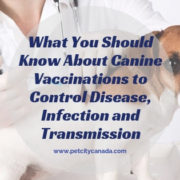
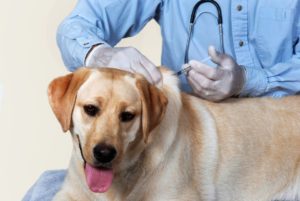
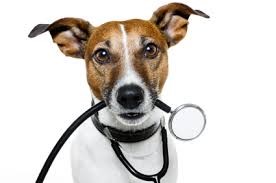 The types of symptoms your dog experiences are dependent on the illness they have contracted. A wide range of symptoms are gastrointestinal upset, lethargy, weight loss, decreased appetite, vomiting, fever, cough, bloody diarrhea, dehydration, hair loss, pain, muscle weakness, and difficulty breathing, and possible death. Always seek the advice of a Veterinarian if your dog has any of these symptoms.
The types of symptoms your dog experiences are dependent on the illness they have contracted. A wide range of symptoms are gastrointestinal upset, lethargy, weight loss, decreased appetite, vomiting, fever, cough, bloody diarrhea, dehydration, hair loss, pain, muscle weakness, and difficulty breathing, and possible death. Always seek the advice of a Veterinarian if your dog has any of these symptoms.
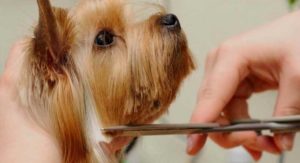
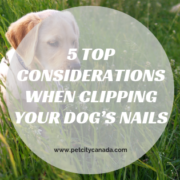




 travel dog water bowls and bottles available.
travel dog water bowls and bottles available. It isn’t always convenient traveling long distances with your pets or maybe your relatives aren’t able to accommodate your furry friends. If this is the case for you, consider leaving your pet in a dog boarding kennel or have a bonded, reliable member of our Pet City Canada team care for your pet in your home for your next vacation!
It isn’t always convenient traveling long distances with your pets or maybe your relatives aren’t able to accommodate your furry friends. If this is the case for you, consider leaving your pet in a dog boarding kennel or have a bonded, reliable member of our Pet City Canada team care for your pet in your home for your next vacation!